INTRODUCTION
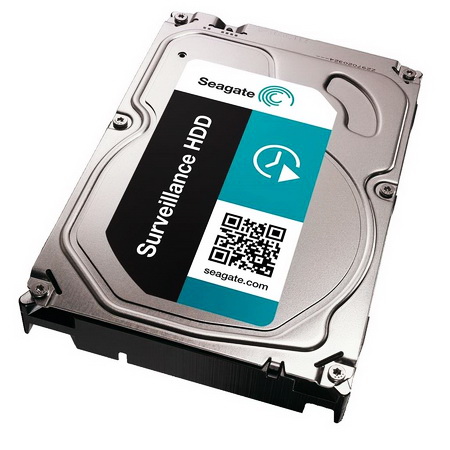
Although most surveillance systems right now used in small business and houses are still previous generation ones based on DVD-R video recorders large companies have moved to the far more advanced and current generation network video recorders which use hard disk drives to store recorded data. The good news is that the market is also filled with cost-effective NVR/DVR camera kits (we will be reviewing some soon) designed for home and office use so many people are obviously using them already but since most such solutions use a single HDD to store recorded data (and usually up to just 8 cameras) it's not really as crucial to choose a model with low electrical requirements and good read/write speeds as it is with multiple HDD NVR/DVR systems that have at least 16 cameras plugged into them (video streaming issues). For that exact reason Seagate has designed their latest Surveillance HDD line and today we will be taking a look at the 3TB variant.
Founded in 1979, Seagate is the leading provider of hard drives and storage solutions. From the videos, music and documents we share with friends and family on social networks, to servers that form the backbone of enterprise data centers and cloud-based computing, to desktop and notebook computers that fuel our personal productivity, Seagate products help more people store, share and protect their valuable digital content. Seagate offers the industry’s broadest portfolio of hard disk drives, solid-state drives and solid-state hybrid drives. In addition, the company offers an extensive line of retail storage products for consumers and small businesses, along with data-recovery services for any brand of hard drive and digital media type. Seagate employs more than 50,000 people around the world.
Two are the key ingredients for an HDD used in devices operating 24/7 like NAS Servers and NVR systems, low electrical requirements and low temperatures (higher reliability). In single HDD devices these two features may not have a very significant impact but when we're talking about devices with multiple HDDs mounted inside then these can be the difference between smooth system operation and system failure not to mention increased electricity bills. To achieve both of the above the Surveillance HDD 3TB spins at a relatively low speed of 5900RPM which although according to Seagate allows the drive to use a maximum of 8W during operation still along with its 64MB cache can offer an average read/write data rate of 146MB/s which in turn is more than enough to support simultaneous video streaming from up to 32 cameras. So far the specs seem too good to be true for an HDD aimed for use with Surveillance NVR/DVRs so let’s see how it performs in our tests.
SPECIFICATIONS AND FEATURES


THE SURVEILLANCE HDD 3TB
The single sample we received arrived in bulk packaging.
Design-wise the top of the Surveillance HDD sits between that of the normal Desktop and the Enterprise Capacity V4 drives by Seagate.
Information like the drive capacity, serial number, model number, barcodes, connectivity, installed firmware, electrical requirements, certifications and factory rollout date (03-17-2014 in our case).
As expected the rear PCB has all of the modules on the interior for increased protection.
The usual SATA power and data connectors are placed at the rear of the drive right next to 4 pins probably used for firmware updates.
TEST BED
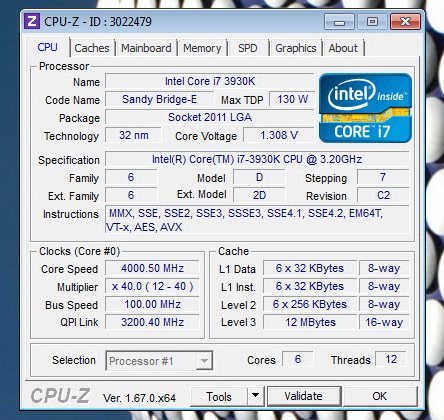

TESTING METHODOLOGY
Thoroughly testing hard disk drives may require time and patience but that's just about it. Of course that doesn't mean that one must take it lightly, at least not when people base their decision on your results. True many choose to only use 2 or 3 benchmarking suits in order to measure the performance of a drive or drives since quite honestly most benchmarking suites do tend to agree with each other (so it's not really wrong) but we always like to take things a step further not because we have to but because we want to be almost 100% certain of the results we get and post in our charts.
So in this kind of reviews we will use a total of 7 different benchmarking suites in an effort to bring you the most accurate results across the board. Now the only reason why i say effort is because real-world usage is not always on par with what results one gets by running several benchmarks on a drive and that's mainly because there are many variables at work from ambient temperatures to hardware configurations and even firmware versions. The benchmarking applications we use are the AIDA64 suite (former Everest Pro), HD Tune Professional, HD Tach RW, ATTO, Sisoftware Sandra Pro, Crystal Disk Mark 64bit and the PCMARK 7 (secondary storage suite). These benchmarking tools are the best in what they do and as you will also see later on their results more or less agree. Each test is performed a total of 6 times and then the average is recorded into the charts. Temperatures are recorded using Hard Disk Sentinel and after 45 minutes of continuous testing in a 23 degrees Celsius temperature controlled room. Finally we also use an ExTech HD600 dBA meter on each of the drives (5cm away) in order to accurately record their noise levels (during access), although if you don't turn off all system fans when doing so it's quite possible that you will never even hear the drive. The operating system as usual is a fresh installation of Microsoft Windows 7 Ultimate Service Pack 1 with every update installed up until the 11th of June 2014.
TEST RESULTS - AIDA64 / ATTO
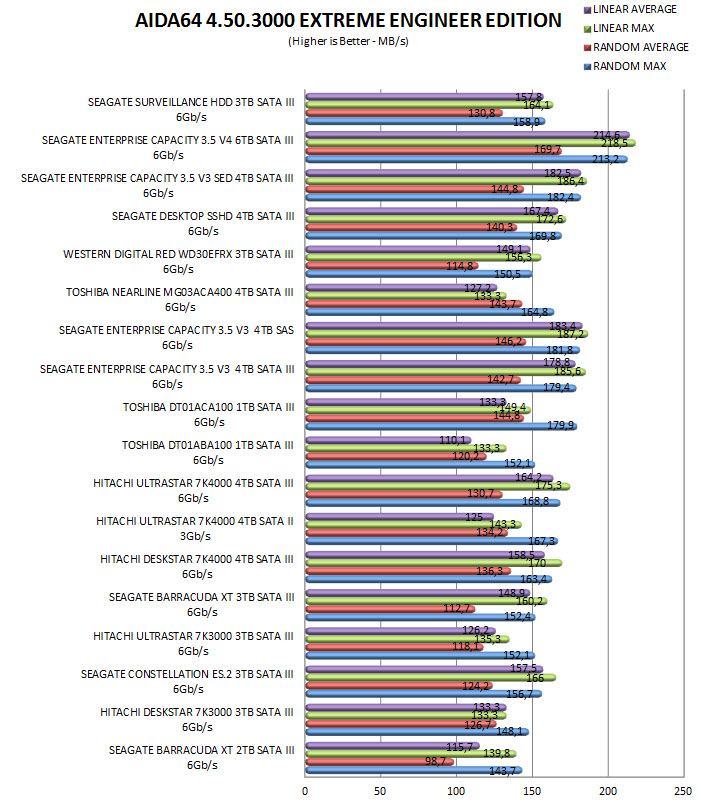
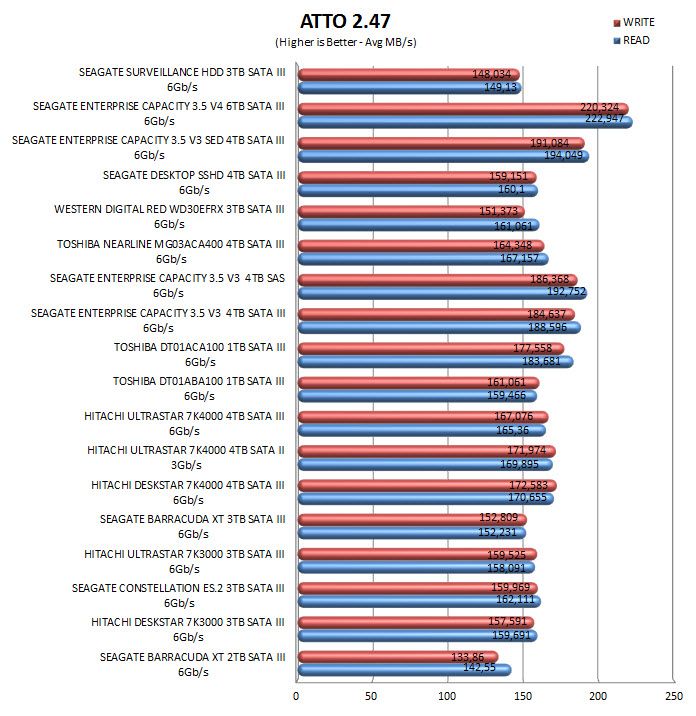
TEST RESULTS - HD TACH RW / HD TUNE PRO
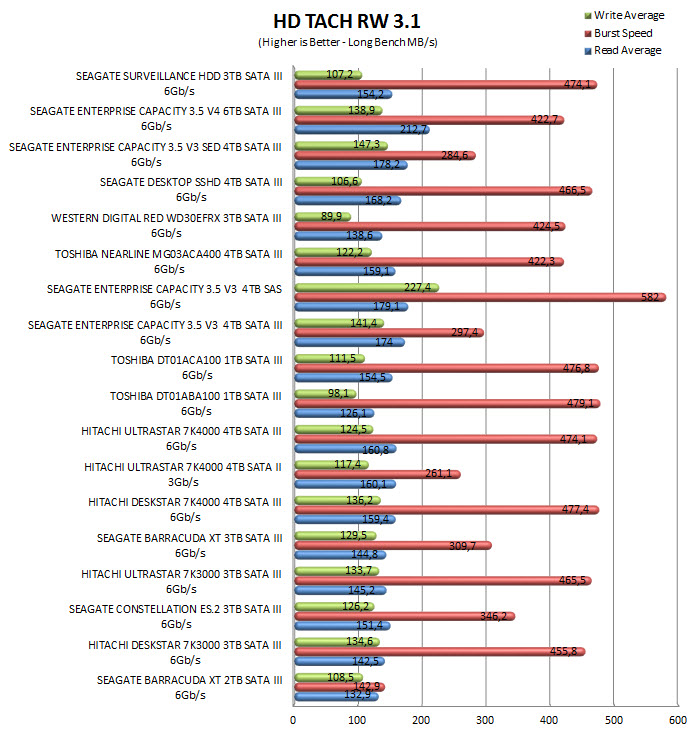
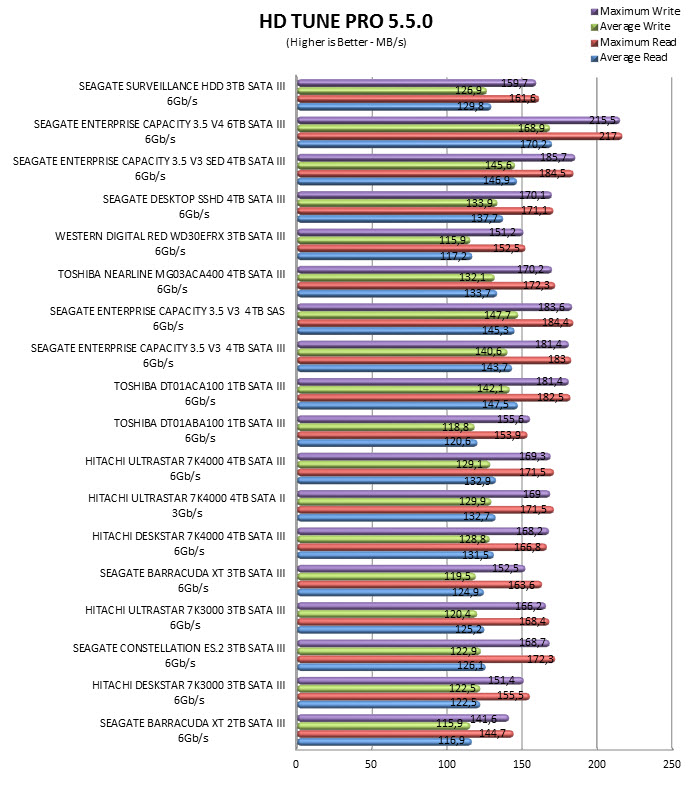
TEST RESULTS - SISOFTWARE SANDRA PRO / CRYSTAL DISK MARK
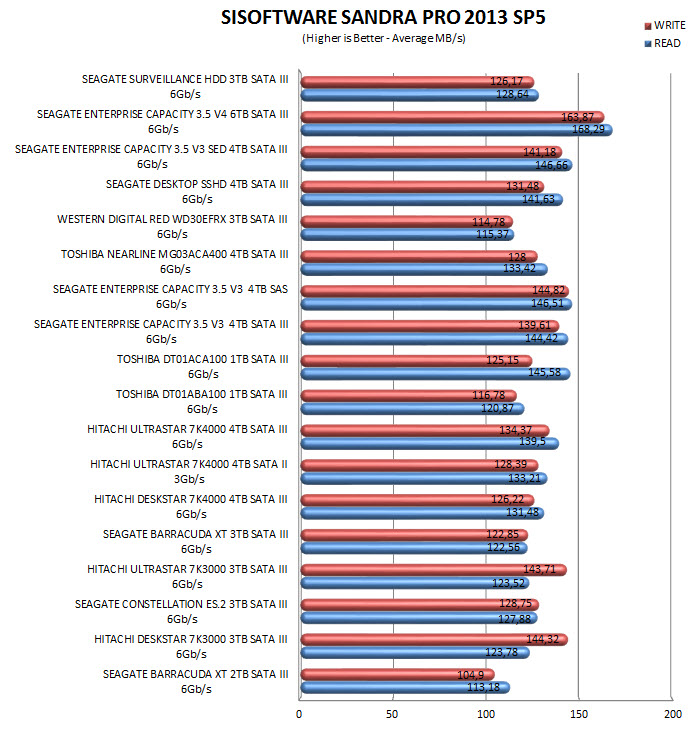

TEST RESULTS - PCMARK 7

TEST RESULTS - TEMPERATURES / NOISE LEVELS


CONCLUSION
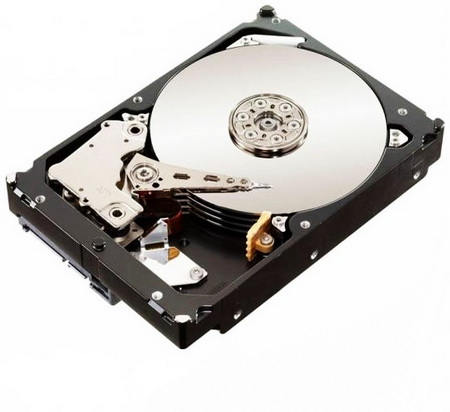
Having just recently reviewed the latest Enterprise Capacity V4 6TB SATA III drives by Seagate (6-12Gb/s SAS model review coming soon) which are simply put the fastest mechanical drives to date is reason enough for both us and you to think that the Surveillance HDD 3TB is just an average model but that's not really the case here. You see up until roughly 2 years ago the then flagship mechanical drives (Constellation ES.2/Ultrastar 7K3000) performed roughly on par with the Surveillance HDD 3TB so just 2 years later having such high performance levels in a drive aimed for such use is not a small thing especially when we're talking about one that has a rotational speed of just 5900RPM. Of course with wide use of Full HD 1080p IP cameras such performance levels are expected nowadays although the debut of 4k models may change that sooner rather than later. Temperatures and noise levels are two more good surprises although i have to admit that i didn't expect the Desktop SSHD model to be just 1 degree hotter at use (just an quick observation).
Although the Surveillance HDD 3TB is aimed for 24/7 use with NVR/DVR devices it's not really enterprise grade material and thus right from the get go we expected a very tempting price tag and it seems we were right since it currently retails for just USD132.35 inside the USA (Amazon.com) and 140Euros inside the EU (Amazon.co.uk). It really seems that the Surveillance HDD by Seagate is the ideal drive for use with NVR/DVR devices since it combines high performance levels with low electricity requirements, low temperatures and low noise levels. True unless we test one inside such a device for a long time we can't know how durable the drive is (we plan on doing so however) but leaving that aside the Surveillance HDD 3TB has everything needed to get our Golden Award.
 PROS
PROS
- Build Quality
- Very Good Performance (For Such A Drive)
- Idle3 Spin Control Technology (Power Save)
- Power Consumption (8W During Operation)
- Temperatures/Noise Levels
- 3 Years Warranty
- Price (For Some)
CONS
- None

 O-Sense
O-Sense





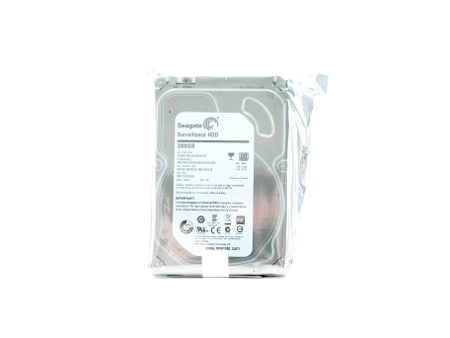
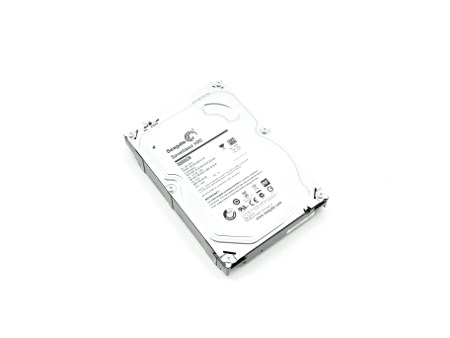

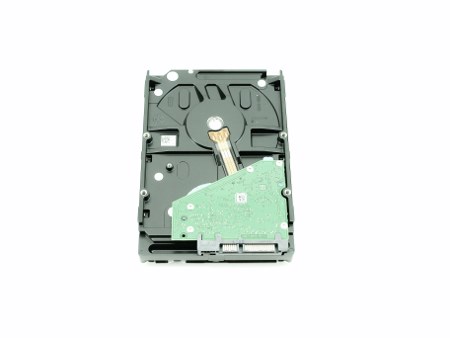
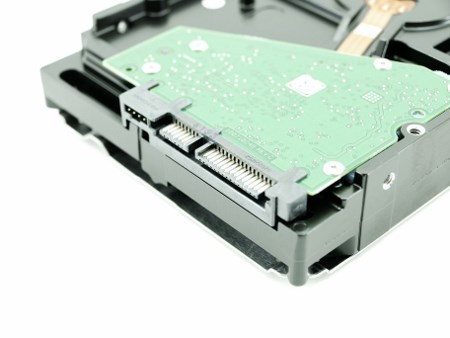


.png)

